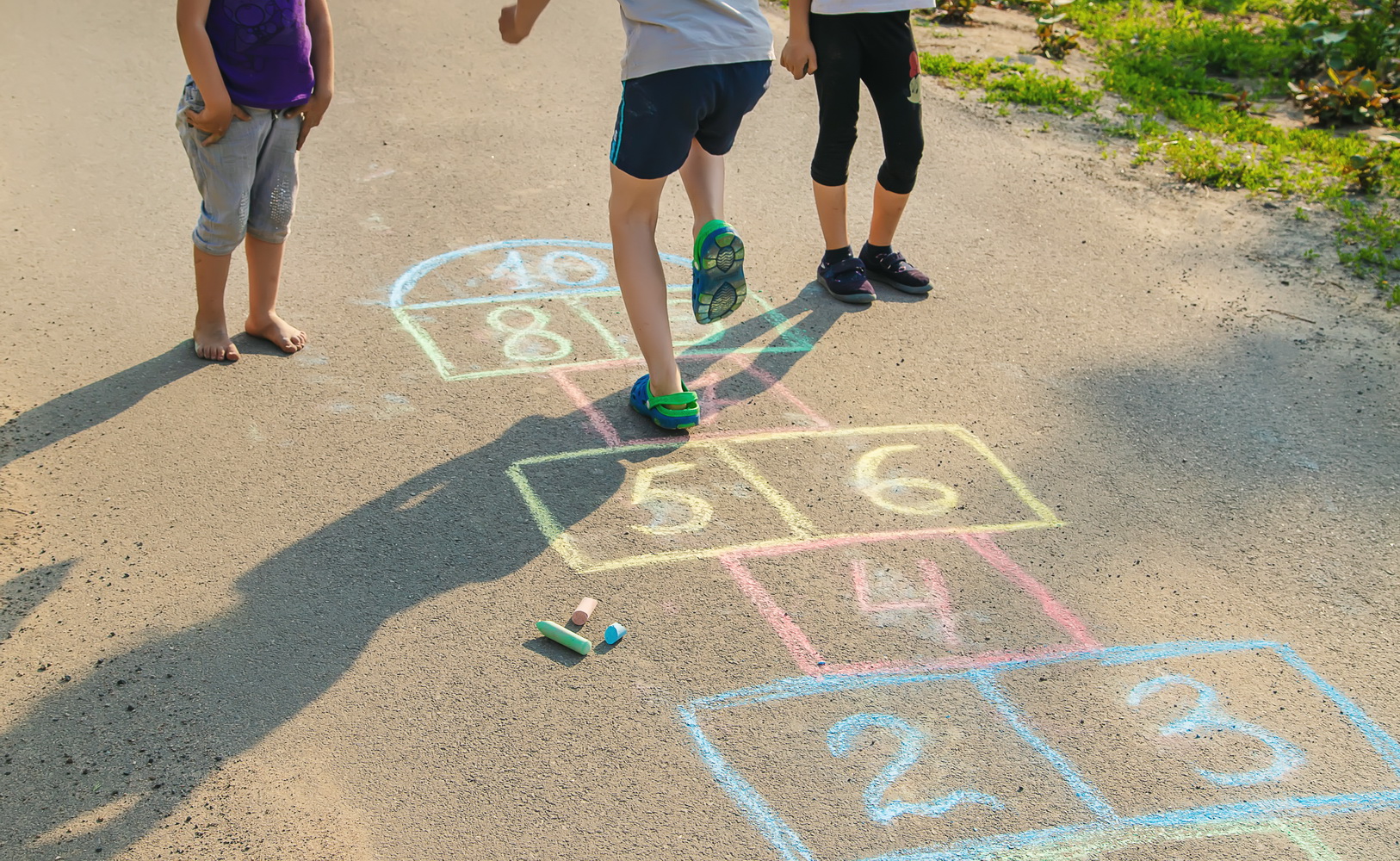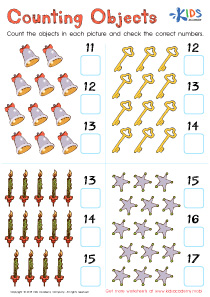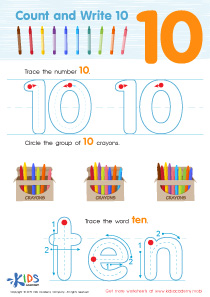Normal Comparing Numbers Worksheets for Ages 3-7
25 filtered results
-
From - To
Welcome to our Normal Comparing Numbers Worksheets for Ages 3-7! Designed to enhance early mathematical skills, these engaging worksheets introduce young learners to the concept of comparing numbers through fun and interactive activities. Children will practice identifying which numbers are greater, lesser, or equal using colorful visuals and relatable examples. Our carefully crafted exercises aim to foster critical thinking and number sense while keeping learning enjoyable. Perfect for both classroom settings and home practice, these worksheets ensure that kids develop a solid foundational understanding of numbers early on. Dive into our collection and support your child's mathematical journey today!


Recycling - More or Less Worksheet


Comparing Written Numbers Worksheet


Comparing Biodiversity: Rainforest Plants Worksheet


Comparing Biodiversity: Rainforest Animals Worksheet


Engineering a Solution: Comparing Pros and Cons Worksheet


Comparing Causes of Erosion Worksheet


Bodies of Water and Landforms Writing Numbers Worksheet


Place Value: Assessment 3 Worksheet


Comparing Numbers Worksheet for 1st Grade


Comparing Number Representations Worksheet


Compare Length in Inches and Centimeters Worksheet


Compare Length in Centimeters Worksheet


Seashell Collectors Worksheet


Cupcake Day Worksheet


Less Than Worksheet


Greater Than Worksheet


Ten Charts Worksheet


Comparing Numbers: Base Ten Blocks Worksheet


Matching: Classifying Toys by Size Worksheet


Comparing Numbers 1–10 Worksheet Kindergarten


Comparing Numbers Worksheet for Kindergarten


Comparing Numbers Worksheet for 2nd Grade


Fruit and Veggies Worksheet


Pirate Math Printable
Normal comparing numbers is a foundational skill for children aged 3-7, significantly impacting their overall mathematical development. At this early age, children are beginning to construct a basic understanding of quantity, which lays the groundwork for future arithmetic skills. By engaging in activities that encourage comparing numbers, parents and teachers help children refine their ability to recognize greater and lesser values, fostering critical thinking and problem-solving skills.
Encouraging children to compare numbers enhances their language development as they learn specific vocabulary associated with size, quantity, and numeracy (e.g., "more," "less," "equal to"). These foundational concepts later translate into understanding addition and subtraction, and contribute to more complex operations in later years.
Moreover, this skill supports the development of cognitive abilities such as logical reasoning and pattern recognition. Children learn to classify and sort items, which is essential for many early science concepts.
Ultimately, parental and teacher involvement in this phase of development gives children the confidence and competence necessary to engage with mathematics throughout their education, making it crucial to recognize the long-term value of teaching normal comparing numbers in this vital early learning stage.
 Assign to My Students
Assign to My Students






























